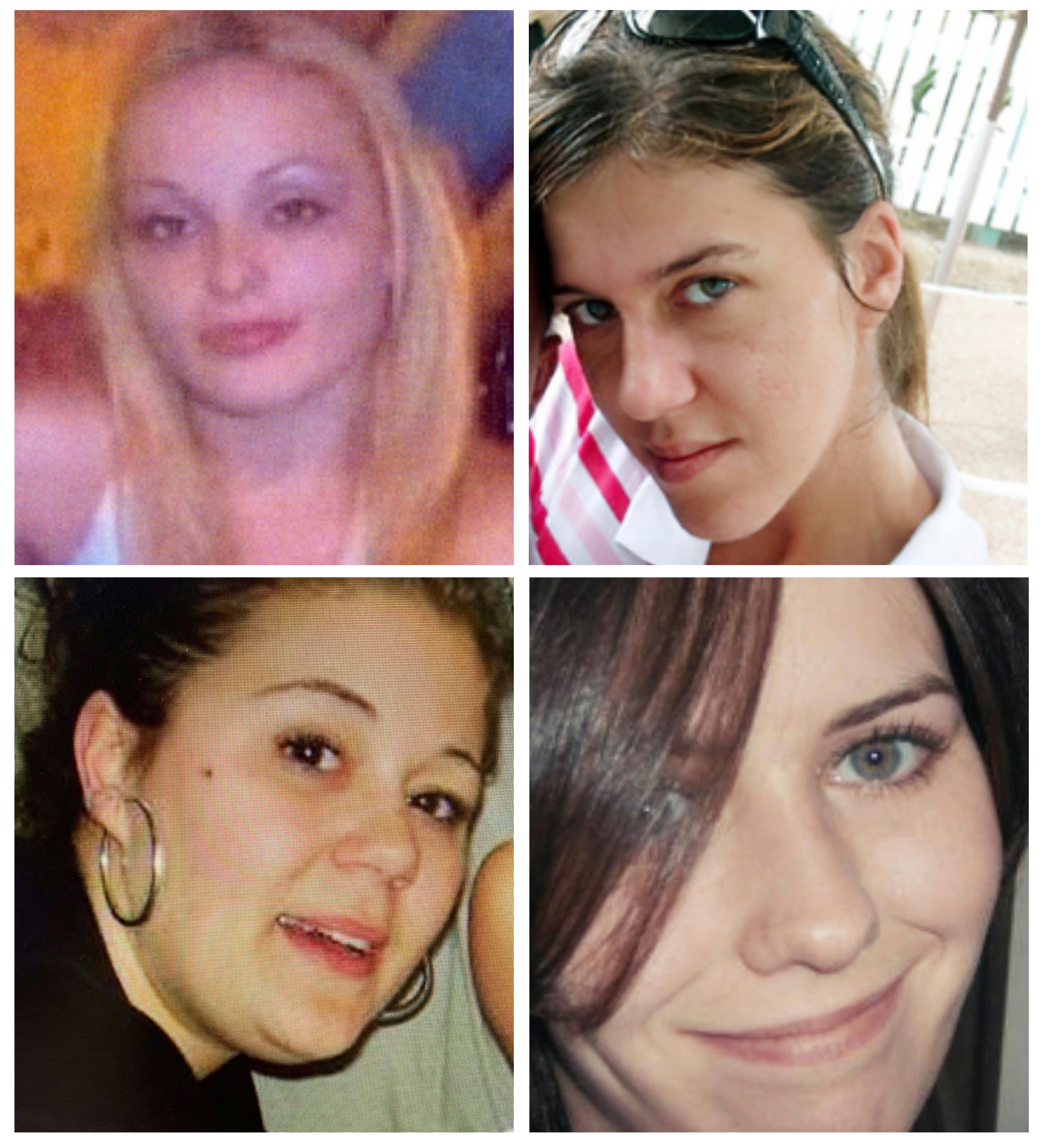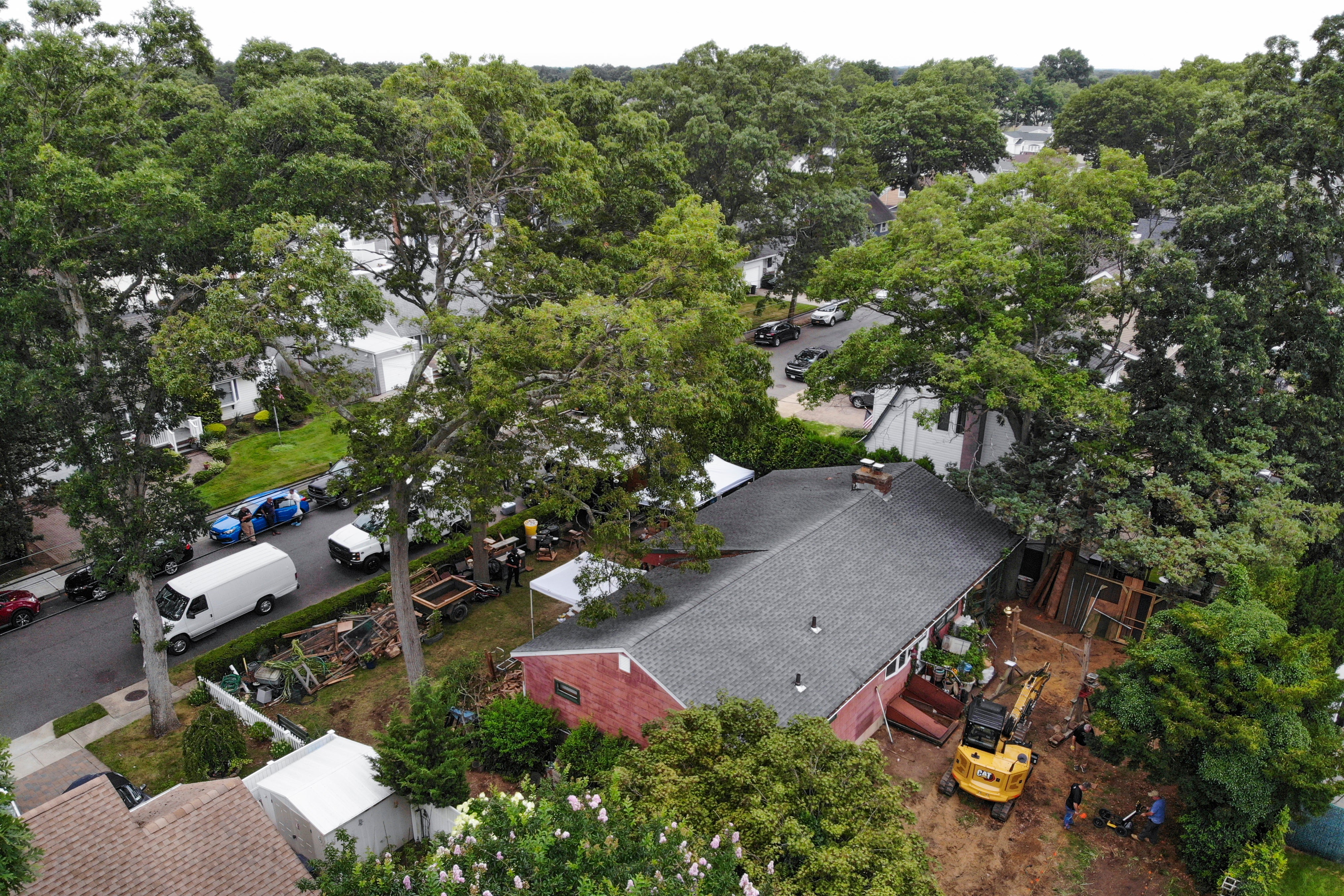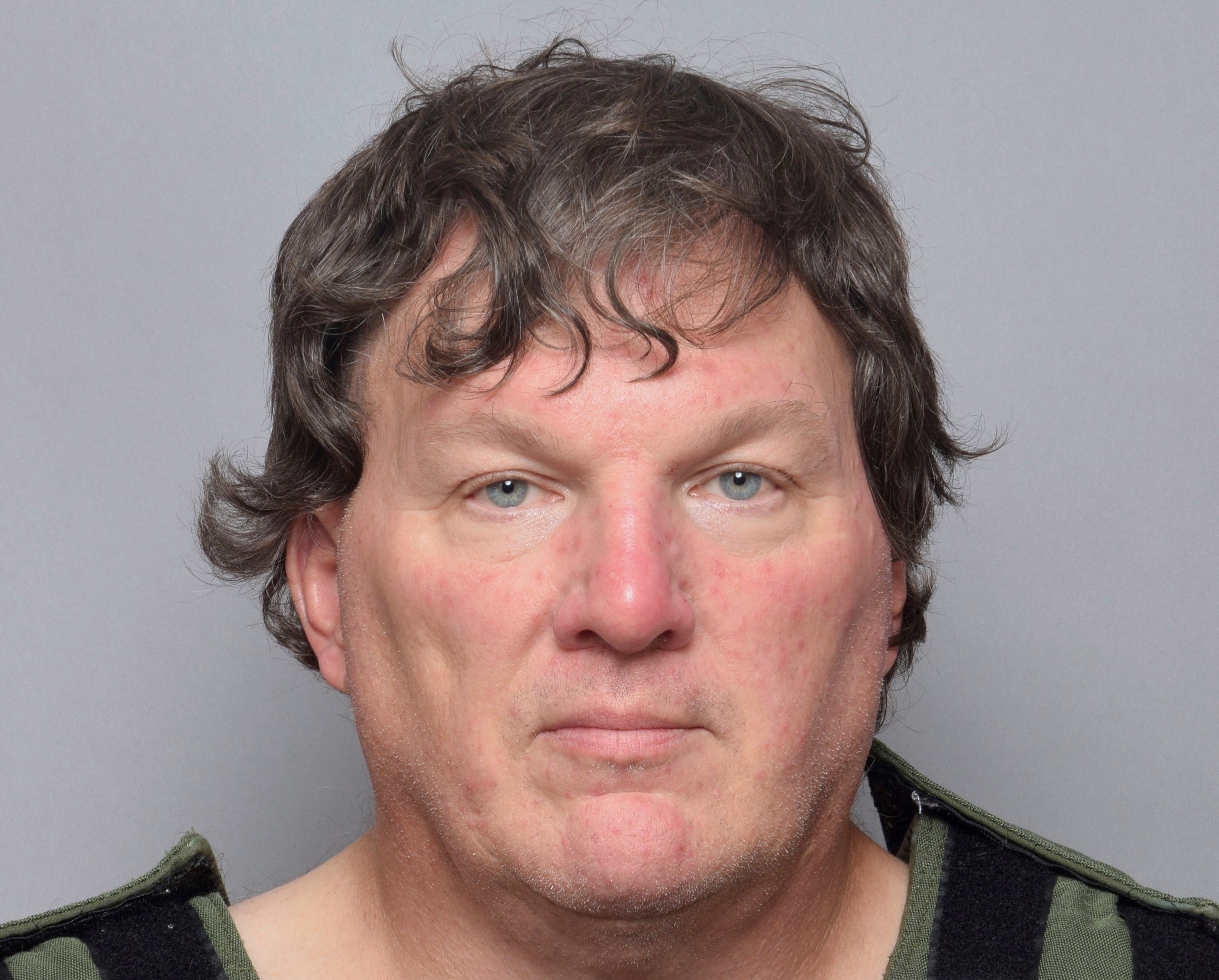Long Island police dodge questions about crucial piece of evidence at Rex Heuermann home
Suffolk County District Attorney Raymond Tierney says a ‘massive amount of evidence’ has been recovered from the suspect’s family home in Massapequa Park
Investigators in Long Island have dodged questions about a crucial piece of evidence believed to have been found inside the family home of Gilgo Beach serial killer Rex Heuermann.
Suffolk County District Attorney Raymond Tierney was grilled in a press conference on Tuesday about the chilling alleged discovery of a mattress inside a huge vault in the basement of his home in Massapequa Park.
The DA repeatedly refused to confirm or deny the existence of the potentially harrowing piece of evidence but did confirm the existence of the walk-in underground vault beneath the property that he shared with his family.
“The vault is big enough to walk into and it’s in the basement,” he said, adding that “like the rest of the house, [the vault] was cluttered”.
When pressed about the mattress and whether anything other than firearms were found inside the vault, he doubled down and said “I’m not going to speak on that”.
“There were a number of items of evidence but I’m not going to say especially where,” he said.
The DA also refused to comment on whether or not the search had uncovered any trophies taken from the victims or if there was evidence that items had been burned on the grounds of the home.
“There were a number of disturbances that were found in the ground but we don’t know what it is,” he said.
While he would not go into details about what was found, he did confirm that a “massive amount of evidence” had been recovered from the home which Mr Heuermann grew up in as a child – and which he went on to share with his wife of two decades, their daughter and his stepson until his sudden arrest.
Among the trove of evidence inside the “very cluttered” one-storey property, no human remains were discovered, the DA said.
However, he noted that it will take time for the crime lab to test the trove of items seized for the likes of blood, hairs, fibres or other trace evidence which could indicate whether victims were killed at the property.
“The house could be categorised as cluttered so there is a great deal of stuff that was recovered so we’re just going to have to go through it but that slate of items is quite large,” said Mr Tierney.

There was “not one thing that jumps out” among the evidence at this point, he said.
Investigators previously revealed that a trove of around 270 guns had been seized from the home. Mr Heuermann has legal permits for 92 handguns and also owned several long guns.
The search of the home came to an end on Tuesday after investigators spent almost two weeks combing through the property, seizing items and digging up the yard for clues about the murders or looking for trophies that the alleged killer took from his victims.
On Monday, search teams were spotted carrying out a “major excavation” of the backyard with cadaver dogs and a ground-penetrating radar machine scouring the ground before excavators dug up the earth with a backhoe.
Suffolk County Police Commissioner Rodney Harrison previously revealed that they believe at least some of the murders may have taken place inside the home.
Mr Heuermann’s wife and children were out of town at the time of each of the three murders he is charged with.
He was taken into custody on 13 July, almost 13 years after the bodies of at least 11 victims were discovered along the shores of Gilgo Beach on Long Island.
He was charged with the murders of Megan Waterman, Melissa Barthelemy and Amber Costello.
He is also the prime suspect in the murder of Maureen Brainard-Barnes – who was last seen alive in early June 2007 in New York City and who, with the three other women, is known as the “Gilgo Four”.
All four women worked as sex workers and disappeared after going to meet a client. They were all found in December 2010 within one-quarter mile of each other, bound by belts or tape and some wrapped in burlap – their bodies dumped along Gilgo Beach.
They are among 11 victims whose remains were found along the shores of Long Island in 2010 and 2011, sparking fears of one or more serial killers.
As well as looking into his connection to the murder of Brainard-Barnes and the other Gilgo Beach victims, law enforcement agencies are now also looking into unsolved murders and missing persons cases all across the country.
Police in Las Vegas and South Carolina – where Mr Heuermann owns properties – and Atlantic City – where several sex workers have been found murdered – have confirmed they are eyeing the suspect in cold cases.
Mr Tierney said in Tuesday’s press conference that investigators are speaking to “lots of witnesses” who may have encountered Mr Heuermann across the country.

“We’re interviewing a great deal of people,” he said.
“This investigation isn’t limited to New York state.”
However, under federal law, Mr Heuermann’s DNA cannot be entered into state or national databases to see if he is tied to other unsolved cases until he is convicted.
Court records show that Mr Heuermann was linked to the “Gilgo Four” murders through a tip about his pickup truck, a stash of burner phones, “sadistic” online searches, phone calls taunting victims’ families, his wife’s hair found on the victims’ bodies – and a pizza crust.
The first piece of the puzzle came when a witness in the Amber Costello case revealed details about a vehicle that a client was driving when she was last seen alive.
Costello, who worked as a sex worker, was seen alive on the evening of 2 September 2010 when she left her home in West Babylon. A witness said she had gone to meet a client who was driving a first-generation Chevrolet Avalanche.
Last year, a registration search showed that local man Mr Heuermann owned a first-generation model of the truck at the time of Costello’s disappearance. He also matched the witness’ description of the man believed to be the killer: a large, white “ogre”-like male in his mid-40s, around 6’4’ to 6’6” tall, with “dark bushy hair,” and “big oval style 1970’s type eyeglasses”.
The discovery of the car led investigators to hone in on Mr Heuermann including executing 300 subpoenas, search warrants and other legal processes to obtain evidence to determine his potential involvement in the killings.
Among this was Mr Heuermann’s alleged use of burner phones, with prosecutors saying that he used burner phones to contact the three women and arrange to meet them at the time when they went missing.
He also allegedly took two of the victims’ cellphones – and used one to make taunting phone calls to one of their families where he boasted about her murder, court documents state.
Mr Heuermann’s DNA was found on one of the victims, while his wife’s hair was found on three of the four women he is connected to.
His arrest comes after the horrific serial killer case has captured the nation’s attention for more than a decade.
The Gilgo Beach murders had long stumped law enforcement officials in Suffolk County who believed it could be the work of one or more serial killers who targeted sex workers and dumped their bodies along the remote beaches on Ocean Parkway.

The case began in May 2010 when Shannan Gilbert vanished after leaving a client’s house on foot near Gilgo Beach.
She called 911 for help saying she feared for her life and was never seen alive again.
During a search for Gilbert in dense thicket close to the beach, police discovered the remains of another woman.
Within a matter of days, the remains of three more victims were found close by.
By spring 2011, the remains of a total of 10 victims had been found including eight women, a man, and a toddler. Police have long thought that it could be the work of one or more serial killers.
Gilbert’s body was then found in December 2011. Her cause of death is widely contested with authorities long claiming that it is not connected to the serial killer or killers but that she died from accidental drowning as she fled from the client’s home.
However, an independent autopsy commissioned by her family ruled that she died by strangulation and her mother believes she was murdered.
Like Gilbert, most of the victims targeted were sex workers, while some are yet to be identified.



Bookmark popover
Removed from bookmarks